Some time ago an article appeared in this journal setting forth what I knew about an instrument called the choralcelo (chor-AL-sel-lo), on which my mother had given concerts for several years after the first World War.1 It was a keyboard instrument that incorporated a piano but was more like an organ, with several sounding units—aluminum, iron, steel, hardwood, softwood, and in some cases glass, activated by sympathetic vibration through the placement of magnets near (but not on) the sounding bodies and activating the magnets electrically. Each unit could be activated independently, in any combination. The choralcelo is listed by Marcuse only on a list of "electrophonic pianos,"2 but I knew it to have been more than that.
It was my hope that the article would lead to additional information regarding the instrument, so that I could present more substantial proof of its existence and perhaps even find existing components. This article comprises a report on the results of the first, which has done its work. I have found two surviving instruments (one of them in part playable) and I have examined one of them; and although I have not heard one, I now believe that reconstruction is possible.
Correspondence first documented the existence of three installations in the state of New York.3 One was in a hotel lobby in New York City, evidently a temporary installation for promotional purposes. This instrument had a glass unit which was described as "ethereal." Another person who heard this instrument said that there was "a miraculous sound about it that has never been duplicated." (My mother had also given a recital at Wanamaker's Department Store in New York.)
The second was at Mount St. Mary's, evidently a retreat house, near Niagara Falls. The instrument was in the chapel, and a photograph of the console reveals nothing. A booklet states that the Choralcelo was installed "with full appreciation of the remarkably soothing effect of music on the mind and nerves" and an appreciation of the choralcelo's unique qualities. "The choralcelo at Mount St. Mary's consists of a master instrument and eight subsidiary instruments or 'echoes,' as they are called, placed in various parts of the building, thus at will flooding with celestial harmony the entire structure or any selected part of it."4
The third was installed at the Mohonk Mountain Lodge in New Paltz in 1919 and was used in concerts there for close to forty years. (It was sold in 1962 or 1963.) It did not have a glass unit. Rachel Orcutt, a Massachusetts girl and a student of Esther Norse Green (in turn a student of Edward MacDowell) in Boston, had been introduced to the instrument in the Boston showroom, and had become skilled in performance on it. She gave concerts in Boston, and in 1919 was hired to play the instrument at the Lodge; she married into the family of the owners and has been there ever since. Now Rachel Smiley, she welcomed me cordially, showed me the ballroom in which the instrument had been installed, and advanced my knowledge of the spread of the instrument. She told me that she gave concerts not only in Boston, but in Chicago (at more than one location, including Marshall Field's department store), Geneva (Illinois), Oyster Bay (Wisconsin), Grand Rapids (Michigan) and at the Belmont Hotel in New York City. Mrs. Smiley did not know what happened to the instrument which had been at the Mohonk Mountain Lodge.
A fourth instrument can be shown to have been installed on a yacht. A photograph of the main cabin shows the console against the port bulkhead at the aft end; the caption states that the auxiliary units are placed across the forward bulkhead.
The fifth instrument is the one in which my hopes reside. A correspondent sent me to a piano restorer in Colorado Springs, Mr. Art Reblitz, who examined a choralcelo in the Denver area. Mr. Reblitz has been most cordial, most helpful, and has put me in touch with the owner of the instrument, also providing the photographs which accompany this article; my debt to him is great.
The owner of the instrument has also been most kind and cooperative, generously affording me an afternoon to visit and examine the components during the CMS-AMS-SMT meetings in November of 1980. He also answered the questions which my limited technical competence allowed me to ask.
This choralcelo was the project of a wealthy man who had a particular love for the instrument, and in building a beautiful home in the Denver area had the ballroom and adjoining area—an entire wing, to be exact—designed specifically to house and display the instrument to best advantage. The console is set into the one interior wall of the ballroom, and is of wood matching the paneling of the room. Figure 1 shows it without the matching bench.
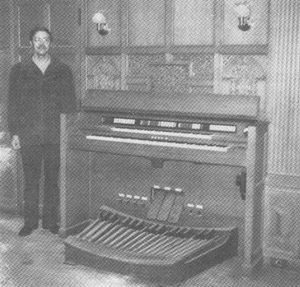
Fig. 1. The console of the Denver instrument; picture taken about 1975.
Figure 2 is much clearer and reveals the two manuals very clearly; the upper manual is of 61 organ keys, the lower is a piano keyboard, and the pedalboard is standard. The specifications are given below.
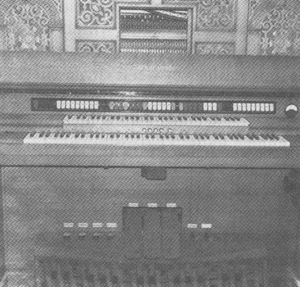
Fig. 2. Close-up view of the console.
No identification is visible when the instrument is closed, but under the keyboard in discreet lettering is the legend "Choralcelo, Boston USA." But the tone generator crate bears the label "from Choralcelo Company of America, 561 East Illinois St., Chicago, Ill." Figure 2 also shows the decorative panel above the keyboard removed, with part of the piano action visible behind. Mr. Reblitz adds that "there is supposedly an 88-note roll player built into the console which was moved and then paneled over, but I haven't seen it."5
The piano mechanism is of a grand piano upended, behind the console. Thus the console is also a piano unit. The piano can still be played; it can also be turned off. But in the functioning instrument, the piano strings could also be played through magnets (or with both magnets and hammers). Nothing electrical is currently connected in the Denver instrument.
Two rooms of the basement are given over to auxiliary units, relays, generators, and other gear. Lighting conditions were poor and my knowledge of electrical devices minimal. I shall not attempt to describe the units but will show four of them. Figure 3 shows a unit of metal bars (probably aluminum); these are ranked by pitch and have resonating tubes (some of which have been removed).
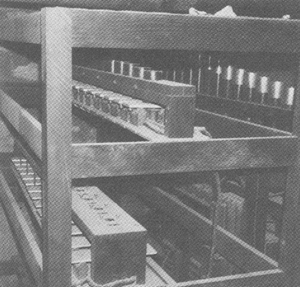
Fig. 3. Tone generators, metal (probably aluminum).
Figure 4 shows a wood unit, possibly mahogany.
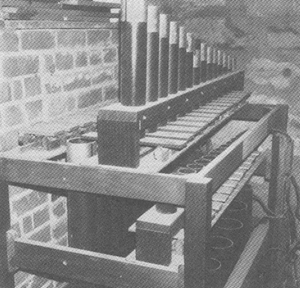
Fig. 4. Tone generators, wooden.
Figure 5 shows another metal unit, possibly steel.
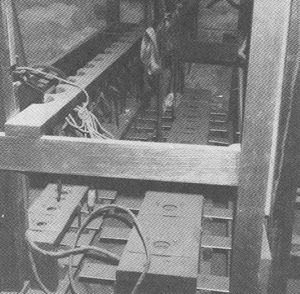
Fig. 5. Tone generators, metal (possibly steel).
Figure 6 shows the bass unit of iron buggy springs,
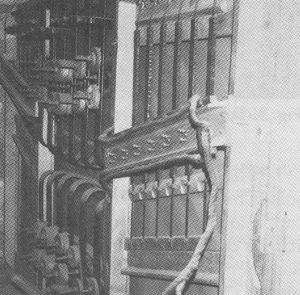
Fig. 6. Bass tone generators, approximately four feet high.
attached to two piano sounding boards about eight feet apart (Figure 7), with two sound posts.
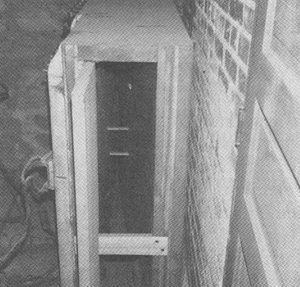
Fig. 7. End of bass tone generator, showing two sound posts connecting two piano sounding boards.
Figure 8 shows a softwood unit.
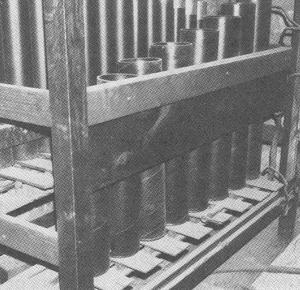
Fig. 8. Tone generators, softwood.
There was also a rack where an additional unit had been, but the components were gone. It may have been the elusive glass unit, since it is probable that the sounding elements were hung from it in a manner unlike the positioning of the elements in the other units.
In addition to the units were a great many relays and many disconnected wirings. Figure 9 shows one of the relay panels (of provenance unknown to me).
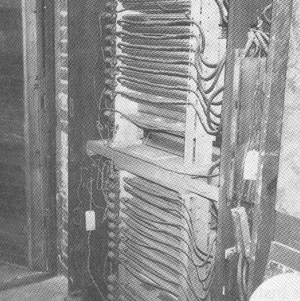
Fig. 9. Relay.
Figure 10 shows pedal relay switches.
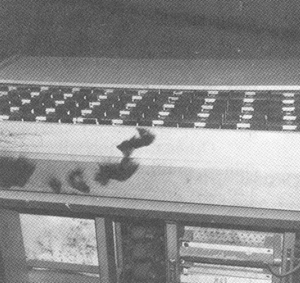
Fig. 10. Pedal relay switches.
How complete is the gear I have no way of knowing, but it is extensive and may be fairly complete.
The original pulse generator unit is gone, but of vital importance is the stand-by equipment ordered by the original builder, and as Mr. Reblitz put it, it is "sitting in a crate in the basement. . . . Also during subsequent remodelings of the house, most of the cables to the tone generators were cut, so that the instrument needs a lot of repair work before anyone will hear one peep out of it."6 Nonetheless, the cables are there.
Hope for reconstruction of this instrument resides in the presence of the gear, in the still-crated pulse generator unit, and most importantly in the fact that the mansion housing the instrument has recently been declared a "historic building" and is in the process of restoration. The owner is eager to have the instrument rebuilt, and will—I know—be cooperative with anyone with serious intent to accomplish it.
Finally, through another correspondent I was led to a surviving choralcelo in Massachusetts, in the Boston area. I have not had time to visit the installation, but I have spoken with the owner by telephone and ascertained that this is the instrument from the Mohonk Mountain Lodge, and that the aluminum unit is in working order. And I have received a letter detailing the installation as follows:
My own instrument has a two-manual console in walnut, inlaid and with hand carved ornaments. It has a piano and organ on the lower manual and organ alone on the upper—it is the improved system Choralcelo developed just at the end of their brief span of existence. The strings are in the console and can be played with the hammers alone, hammers plus magnets, or magnets alone. It has a matching bench and full pedal board. In addition, it has a music roll playing mechanism for Choralcelo rolls of which I have a few. At one time this installation included xylophone [evidently wood bars] and glockenspiel [probably steel] but these have been removed.
Other units include rosewood bars, steel bars, aluminum bars, chimes, multiple sounding board bass, bar bass, and remote strings. I also have an experimental oboe unit that was discontinued when they originated a way of deriving reed tone by building up harmonic development in the revised wiring system. My own interruptor mechanism is of the disc type, which was another Choralcelo trial, and is a double one on one frame. Some of the larger installations had to use two separate interruptions and this was a means of avoiding that complication. There is also a large motor-generator mechanism for providing the 30 V, D.C. necessary and two large cabinets containing the various electrical controls, quality controls, rollers, rheostats, etc.
We have four instruments in all, one a smaller version with only one keyboard and no additional units. Most of the interruptor mechanisms were of the cylinder variety. These were nine cylinders geared to revolve at different speeds. Each cylinder had eight tracks providing interrupted current for eight notes; thus the highest and lowest notes of the piano keyboard did not have magnets for choralcelo tone. The drums were brass with sections of porcelain set in to provide the make & break action in the flow of current to the silver brushes which rode on them.7
The Massachusetts owner thus may be equally knowledgeable about structure; he would prove helpful in a reconstruction of the Denver instrument. Of this mechanism, Mr. Reblitz adds:
The Choralcelo relay is similar to an ordinary unified pipe organ relay, but with the addition of the "interruptor"—it could also be called a "pulse generator" or "frequency generator."
Each stop switch on the organ actuates a relay having 61 contacts (for the 61 organ keys) or 32 contacts (for the 32 pedals). This connects the keyboard or pedal board to a particular tone generator, with one electromagnet for each note. In series in the same circuit is the interruptor, with a frequency generating disc appropriate for each key and tone generating magnet. If the "flute" stop is turned on, and A above middle C is played, the circuit made by depressing "A" is routed through an interruptor disc having 440 make-and-break segments per second; from there, the 440 hz signal is routed through the "flute" switch on the relay to a tone generator supposedly capable of sounding like a flute, in which an electromagnet turns on & off 440 times per sec., exciting a bar, plate or string into the same frequency vibration. It's a simple concept but one which is hard to execute because of the amounts of current required to do all that vibrating of the tone generating components. [The Massachusetts owner] told me that the contacts in the interruptor had to be adjusted frequently as they wore down—probably by a combination of friction and sparking.8
It is doubtless this is the mechanism which lies in the crate in the Denver mansion's basement. A photograph of the top of the crate (Figure 11) shows the discs.
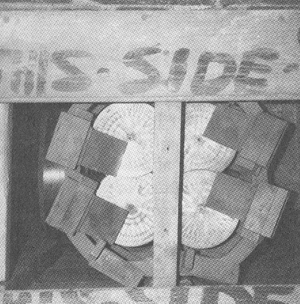
Fig. 11. New interruptor, never uncrated; note large flat belt pully at left side toward bottom of crate.
And in another basement area, where there is still considerable gear, there remains a stack of old interruptor contact blocks (Figure 12).
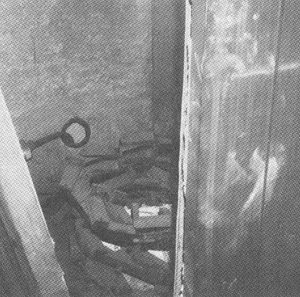
Fig. 12. Old interruptor contact blocks.
The final help may not be inconsiderable: the various components bear patent numbers (46 patent numbers are legible in the Denver installation), so the original drawings would be available for scrutiny.
The choralcelo becomes more and more fascinating as the search continues. Surely with components at hand, the promise of help from two knowledgeable men, and the lure of unheard sounds, there breathes someone who will be piqued by challenge and opportunity, and seek funding from some agency or foundation to underwrite the reconstruction of the Denver area choralcelo. For this instrument was genuinely unique and genuinely American, and it would be a great shame if it were to be heard no more.
| TOE STUDS: | Manual II Octave Coupler 16' | Manual II |
| Manual II Octave Coupler 4' | Manual I | |
| Total-Coupler | Sforzando | |
| Soft Piano | Piano Solo | |
| Pedal | ||
| STOP TABS: | Ped Diapason 16' | II Sub Octave 16' |
| Ped Man I Coupler | II Fundamental 8' | |
| Ped Man II Coupler | II Octave 4' | |
| Ped Octave Coupler 8' | II Octave Quint 2 2/3 | |
| II Super Octave 2' | ||
| II Gedeckt 8' | II Solo 16' | |
| II Viole D'Orchestre 8' | Blank (yellow) | |
| II Violine 4' | Blank (red) | |
| II Flugel Horn 8' | I Instrument No.- 1 | |
| II Gemshorn 4' | I Instrument No.- 2 | |
| II Clarinet 8' | I Diapason Bass 8' | |
| II Oboe 8' | I Sub Octave 16' | |
| II Cornopean 8' | I Fundamental 8' | |
| II Vox Humana 8' | I Octave 4' | |
| I Chimes | ||
| II Octave Coupler 16' | II to I Manual Coupler 8' | |
| II Octave Coupler 4' | II to I Manual Coupler 4' | |
| II Tremolo | I Claribel Flute 8' | |
| Blank (red) | I Diapason 8' | |
| II Chimes | I Dulciana 8' | |
| II Echo | I Dulcet 4' | |
| II Diapason Bass 8' | I Violoncello 8' | |
| II Instrument No.- 1 | I Wald Horn 8' | |
| II Instrument No.- 2 | I Cor de Nuit 4' | |
| Blank (yellow) | I Saxophone 8' | |
| I Major Reed 8' |
1"An Early Electro-Magnetic Experiment," Symposium, Vol. 19, No. 1 (Spring 1979), pp. 54-59.
2Sibyl Marcuse, Musical Instruments: A Comprehensive Dictionary, Garden City, N.Y.: Doubleday, 1964.
3With the exception of Mr. Reblitz, all correspondents have asked to remain unnamed. Both owners of existing instruments have expressed willingness and enthusiasm in the matter of helping those of serious interest in studying and particularly of rebuilding the choralcelo, but wish to discourage the merely curious.
4Xerox pages of the Mount St. Mary booklet were sent to me by my Massachusetts correspondent. It is undated, but both the prose style and the habit of the nun at the console would date it as being close to 1920—perhaps a bit later if the conservatism of the cloister is taken into consideration.
5Letter of August 11, 1980.
6Ibid.
7Letter of January 21, 1981.
8Ibid.
